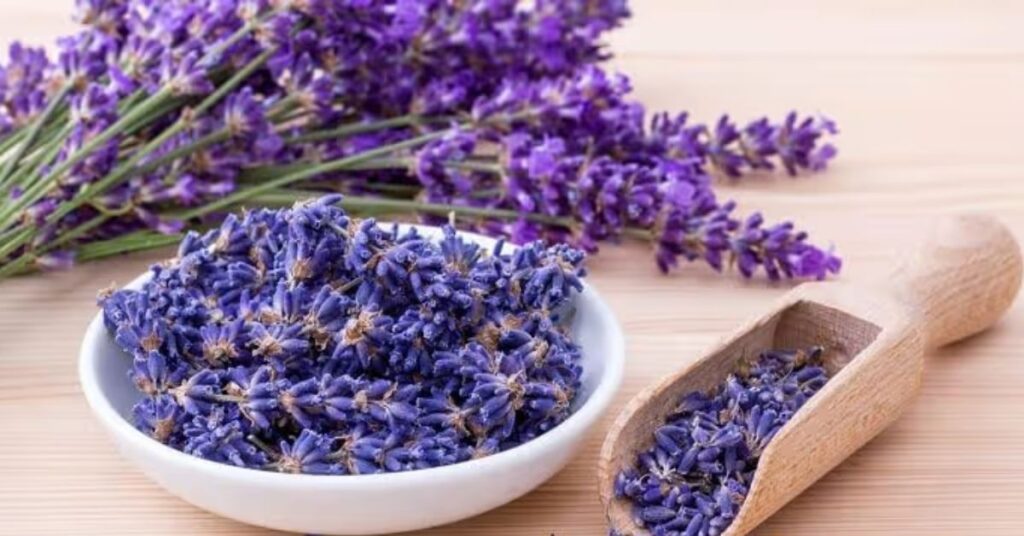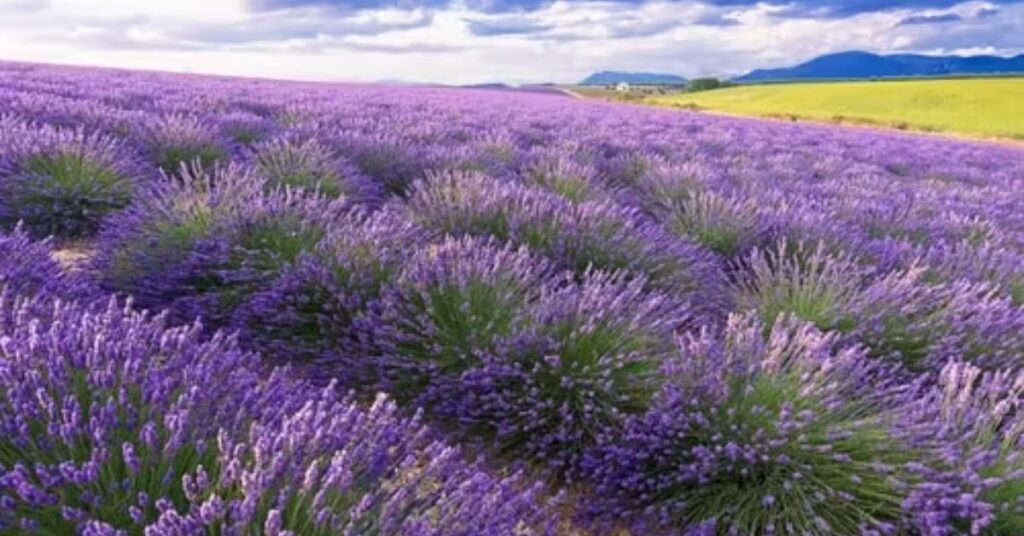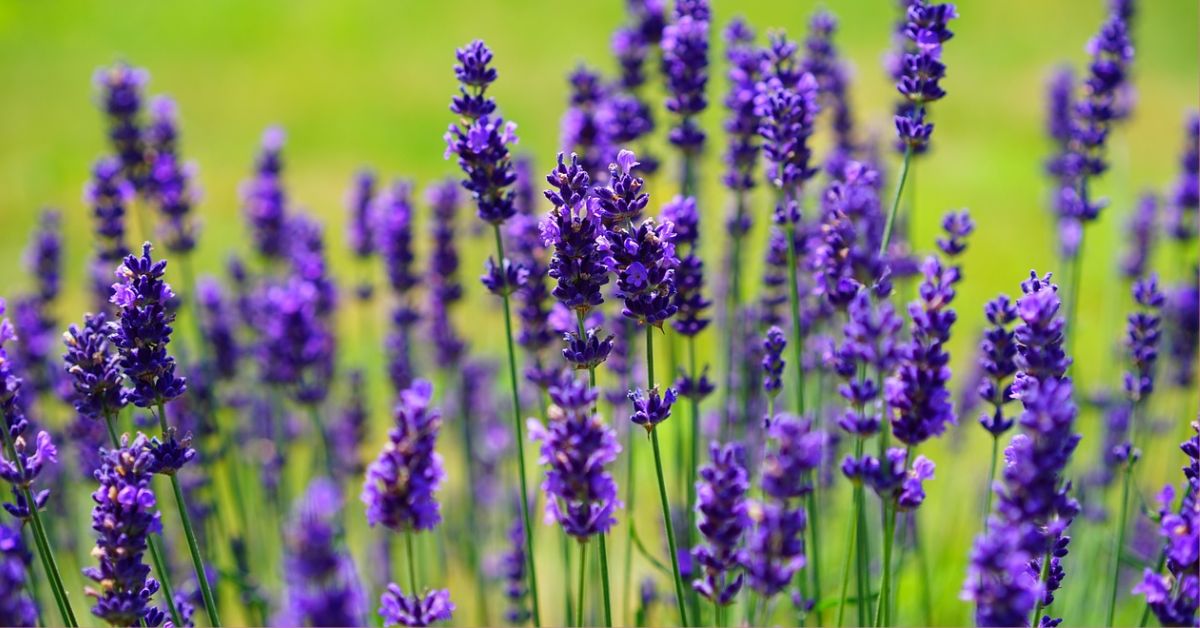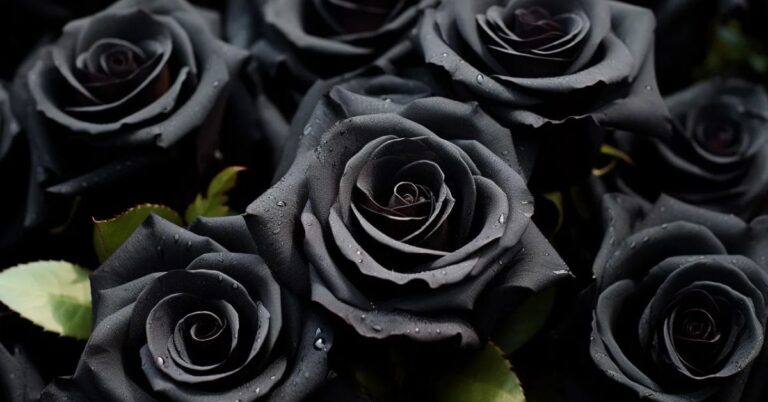Gemini Birth Flower: Lavender
Imagine a flower that embodies the duality of nature, reflecting both serenity and vibrancy—welcome to the world of lavender, the Gemini birth flower. This article will guide you through the fascinating connections between lavender and the Gemini personality, revealing why this flower holds such a special place in astrology.
You’ll gain insights into its historical significance, symbolism, and how to harness its calming effects in your life. We explore the multifaceted beauty of lavender and its relevance to Gemini individuals.
First Gemini Birth Flower: Lavender
The first Gemini birth flower, lavender, is more than just a fragrant herb; it embodies the duality and versatility that characterize those born under this astrological sign. Known for its calming properties, lavender symbolizes tranquility and balance, making it a perfect representation of Geminis, who often navigate the complexities of their dual nature. The soothing aroma not only elevates mood but also enhances mental clarity, aligning beautifully with the Gemini’s intellectual spirit.

In addition to its aromatic benefits, lavender has a rich historical significance. Used since ancient times for its medicinal qualities, it has served as a natural remedy for anxiety and insomnia, reflecting the Gemini’s need for harmony in a fast-paced world.
Lavender Symbolism
Lavender symbolism flower is rich with meanings that transcend its aromatic presence. Often associated with tranquility and calmness, lavender has been a symbol of peace for centuries, making it a favorite in both gardens and wellness practices. In various cultures, lavender represents purity and devotion, frequently appearing in rituals and ceremonies that celebrate love and fidelity. Its gentle hue evokes feelings of serenity, offering solace in times of stress or grief.
Beyond its calming properties, lavender also embodies the concept of healing. Historically used in herbal medicine, it symbolizes the restorative powers of nature, reminding us of the importance of nurturing our mental and emotional well-being. In the realm of spirituality, lavender is linked to intuition and insight, encouraging individuals to trust their instincts and embrace their inner wisdom.
Types of Lavender
The diverse types of lavender, one quickly discovers that each variety boasts its unique characteristics, aromas, and uses. English lavender (Lavandula angustifolia) is perhaps the most well-known, celebrated for its sweet fragrance and culinary applications. Often used in aromatherapy and essential oils, it thrives in cooler climates and offers a rich, deep purple hue that enhances garden aesthetics.
French lavender (Lavandula dentata) features distinctive serrated leaves and a more robust, slightly camphoraceous scent. This type is particularly hardy and can flourish in warmer regions, making it a favorite among gardeners seeking vibrant blooms throughout the summer.
Another intriguing variety is Spanish lavender (Lavandula stoechas), which stands out with its unique flower spikes adorned with tufted bracts resembling rabbit ears. This type not only offers a striking visual but also has a more potent fragrance that is often used in potpourri and sachets.

For those interested in low-maintenance options, the hybrid lavenders, like Lavandula x intermedia, combine the best traits of their parent species, yielding both resilience and a delightful scent. With such an array of types of lavender, each variety provides distinct benefits and aesthetic contributions, making them a worthwhile addition to any garden or herbal collection.
English Lavender
The English Lavender Flower, known scientifically as Lavandula angustifolia, is more than just a visually appealing plant; it embodies a rich tapestry of history, culture, and utility. Revered since ancient times, this perennial herb has not only graced gardens with its fragrant purple blooms but has also played a pivotal role in traditional medicine and culinary practices. Its essential oils are celebrated for their calming properties, making English Lavender a staple in aromatherapy and natural remedies for anxiety and sleep disorders.
French Lavender
The French Lavender Flower, known scientifically as *Lavandula dentata*, captivates with its distinctive serrated leaves and vibrant purple blooms. Unlike its English counterpart, this variety boasts a more robust aroma, making it a favorite in the production of essential oils and fragrances. Its unique scent not only adds depth to perfumes but also has therapeutic qualities, promoting relaxation and reducing anxiety. The flower’s ability to thrive in poor soil conditions makes it an ideal choice for low-maintenance gardens, allowing even novice gardeners to enjoy its beauty.
Spanish Lavender
Spanish Lavender Flower, scientifically known as *Lavandula stoechas*, captivates not only with its striking appearance but also with its unique aromatic profile. Unlike its more common cousin, English lavender, Spanish lavender boasts a distinct, somewhat sweet fragrance that is often described as more herbal and earthy. The flower spikes are adorned with vibrant purple blooms topped with whimsical petal-like bracts, giving it a distinctive silhouette that adds character to gardens and landscapes.
Beyond its ornamental appeal, the Spanish Lavender Flower serves a multitude of practical purposes. Its essential oils are prized in aromatherapy for their calming properties, making it an excellent choice for relaxation and stress relief.
Growing Lavender at Home
Growing lavender at home can transform your garden into a fragrant sanctuary while providing numerous benefits. This resilient plant thrives in well-drained soil and requires plenty of sunlight, making it ideal for sunny spots in your yard or patio.
When planting, consider spacing your lavender plants about 12 to 18 inches apart to ensure adequate airflow, which helps prevent diseases. Choosing the right variety—such as English lavender for its rich scent or French lavender for its unique appearance—can elevate your garden’s aesthetic and aromatic appeal.
Second Gemini Birth Flower: Lily of the Valley
The Second Gemini Birth Flower, Lily of the Valley, is a delicate bloom steeped in rich symbolism and history. Known for its enchanting fragrance and bell-shaped flowers, this plant embodies purity and humility, making it a perfect complement to the Gemini’s dual nature. The flower’s ethereal beauty often evokes feelings of nostalgia and innocence, reminding us of fleeting moments and the transient nature of life, much like the Gemini spirit that thrives on change and adaptability.
Lily of the Valley Symbolism
Lily of the Valley symbolism is steeped in rich cultural meanings that span centuries and continents. Often associated with purity and humility, this delicate flower evokes a sense of innocence and renewal. In many traditions, it is seen as a harbinger of spring, symbolizing the return of hope and joy after a long winter. Its bell-shaped blossoms serve as a reminder that beauty can flourish even in the harshest conditions, echoing the resilience of the human spirit.
Beyond its aesthetic charm, Lily of the Valley also carries deeper associations with love and fidelity. In folklore, it is said that the flower was created from the tears of the Virgin Mary, imbuing it with a sacred quality linked to maternal affection and protection. This connection is reflected in its popularity at weddings, where it symbolizes a pure and everlasting love.
Explore Also : Calla Lily Color Meanings
Learn More About Zodiac Flowers
Learn more about zodiac flowers, you can tap into the profound connections between nature and personality. Incorporating these flowers into your living space or gifting them to friends can serve as a powerful reminder of one’s astrological essence.
Understanding the symbolism behind each flower can guide you in cultivating your emotional landscape—whether it’s the calming chamomile for Gemini’s duality or the enchanting lavender for Pisces’ intuition. Embracing these floral symbols can enrich your life, offering a deeper connection to both the cosmos and the earth.
Conclusion
The lavender flower, associated with the Gemini zodiac sign, embodies qualities such as adaptability, communication, and a zest for life. Its calming fragrance and vibrant purple hues not only enhance gardens but also promote tranquility in our everyday lives.
As Geminis are known for their sociable nature, incorporating lavender into their environment can help foster connections and creativity. Whether used in essential oils, teas, or simply as a decorative plant, lavender serves as a reminder of the duality and versatility that Geminis represent. Embrace the essence of lavender and let it inspire you to celebrate the unique traits of your Gemini spirit.
FAQs
Is Lavender good for Gemini?
Lavender is often considered a beneficial herb for Geminis due to its calming and soothing properties, which can help balance the dual nature of this air sign. Geminis are known for their vibrant energy and quick minds, but they can also experience restlessness and anxiety. The gentle scent of lavender has been shown to reduce stress and promote relaxation, making it an excellent choice for Geminis seeking tranquility in their busy lives.
Is lavender a Gemini flower?
Yes, lavender is often associated with the Gemini zodiac sign. Gemini, represented by the Twins, is known for its duality, adaptability, and vibrant energy. Lavender embodies these traits with its delicate yet robust nature, thriving in a variety of environments and climates.
What is Gemini Lucky Colour?
Gemini, the zodiac sign represented by the Twins, is known for its vibrant and dynamic nature. The lucky colors for Gemini are often associated with bright and lively hues that reflect their outgoing personality. Yellow, symbolizing joy and energy, is considered one of the primary lucky colors for Geminis. It represents their curiosity and ability to communicate effectively, making it a perfect match for their sociable character.







